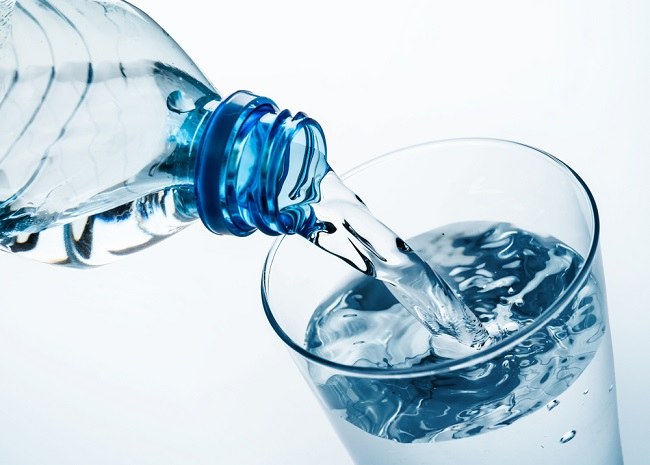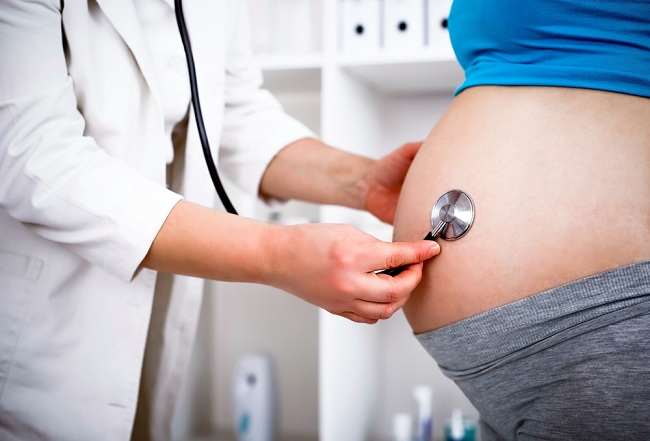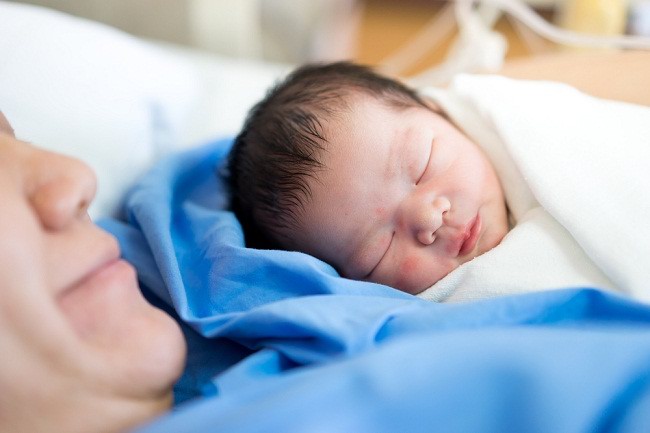Primary biliary cirrhosis is damage to the gallbladder that occurs in the long term.This disease can cause damage to the liver slowly.
The bile produced in the gallbladder functions to help the process of digesting food, absorbing nutrients, and removing metabolic waste from the body. When the gallbladder is damaged, bile can back up into the liver and cause inflammation and damage to the liver.

Primary biliary cirrhosis or primary biliary cholangitis (PBC) is an autoimmune disease, which is a condition in which the immune system turns against healthy cells in the body. Treating PBC early on can slow liver damage.
Symptoms of Primary Biliary Cirrhosis
Most people with PBC initially do not experience any symptoms. Usually this condition is often known when doing blood tests for other health conditions.
Symptoms of PBC often only appear after years. Early symptoms that appear include itchy skin, dry mouth and eyes, and fatigue. Symptoms that appear later as liver damage progresses are:
- Weight loss.
- The skin and whites of the eyes (sclera) turn yellow or icteric.
- Diarrhea with oily stools.
- Upper stomach pain.
- Swelling (edema) in the legs.
- Spleen enlargement.
- Accumulation of fluid in the abdomen (ascites) due to liver failure.
- Muscle, joint and bone pain.
- Bones are brittle and break easily.
- Skin color darkens.
- High cholesterol.
- Hypothyroidism.
When to go to the doctor
Check with your doctor if you experience early symptoms of primary biliary cirrhosis, especially if these complaints persist for some time. That way, treatment can be given immediately and the disease does not progress further.
Immediately see a doctor if you experience symptoms of advanced PBC, especially if you have a family who suffers from this disease. Your doctor will do blood tests to determine if you have PBC.
ReasonPrimary Biliary Cirrhosis
PBC occurs when white blood cells that protect the body from germs actually damage the healthy cells that line the gallbladder in the liver. This damage will be widespread and spread to cells and liver tissue.
Cells and tissues that are damaged and die will be replaced with connective tissue which eventually causes cirrhosis of the liver.
It is not known what causes PBC. However, there are several factors that are known to increase a person's risk of developing PBC, namely:
- 30-60 years old.
- Female gender.
- Have a family who suffers from PBC.
In addition, a combination of genetic and environmental factors, such as infection, smoking habits and exposure to cigarette smoke, as well as exposure to certain chemicals, can also trigger PBC.
DiagnosisPrimary Biliary Cirrhosis
As mentioned above, PBC is not always symptomatic in its early stages. Patients usually only find out they have PBC when they undergo routine blood tests or checks for other diseases.
To determine whether the patient has PBC, the doctor will ask the patient's symptoms and complaints, as well as the patient's and family's medical history. The doctor will also perform a thorough physical examination, including the eyes, skin, abdomen, and legs.
After that, the doctor will perform additional examinations to confirm the diagnosis, such as:
- Blood tests, to check total cholesterol levels, liver function, and antibody levels to determine the presence or absence of autoimmune diseases.
- Scans with X-rays, ultrasounds, CT scans, and MRIs.
- Biopsy or tissue sampling of the liver.
TreatmentPrimary Biliary Cirrhosis
PBC treatment aims to manage symptoms, slow further liver damage, and prevent complications. To relieve symptoms, the doctor will give the following drugs:
- Antihistamines, to relieve itching.
- Artificial tears and saliva, to treat dryness of the eyes and mouth.
Meanwhile, to slow liver damage, doctors can give a number of drugs, such as:
- Obeticholic acid, to help improve liver function.
- Ursodeoxycholate, to help excrete bile from the liver, so it can improve liver function and reduce scar tissue in the liver.
- Methotrexate and colchicine, to suppress the immune system.
If the above drugs are no longer able to control the development of PBC, and if the patient begins to experience liver failure, the doctor may recommend a liver transplant.
ComplicationsPrimary Biliary Cirrhosis
When liver damage gets worse, PBC can cause the following complications:
- The formation of scar tissue in the liver (cirrhosis)
- Gallstone disease
- Enlarged veins (varicose veins)
- Enlarged spleen or splenomegaly
- Increased blood pressure in the portal vein
- Osteoporosis
- Vitamin deficiency
- Heart cancer
Prevention of Primary Biliary Cirrhosis
Because PBC has no known cause, this disease cannot be prevented. However, people with PBC can reduce their risk of liver damage by doing the following:
- Eat a healthy balanced diet.
- Regular light exercise, such as walking.
- Quit smoking and don't drink alcohol.
- Take the medicine prescribed by the doctor according to the instructions for use.









